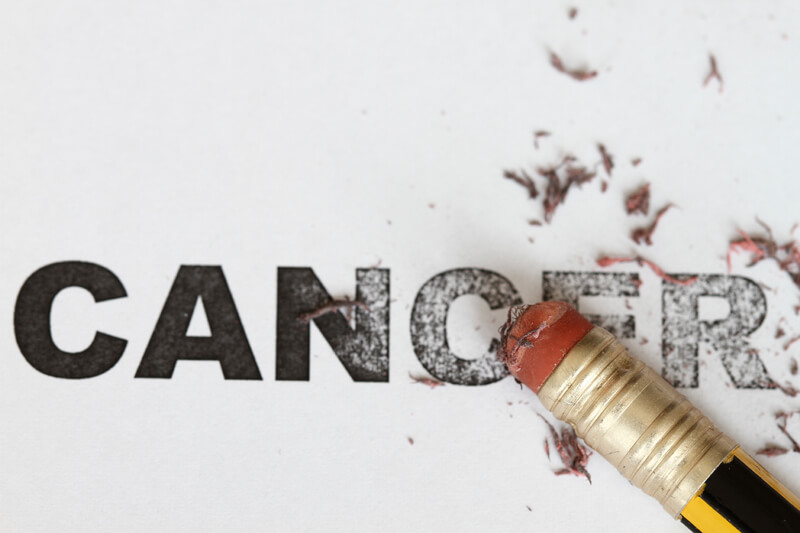A multidisciplinary research team at the UT Health Science Center San Antonio has found a new way to treat deadly, late-stage head and neck cancer, reducing tumor size in mouse models by 50 percent in just 14 days.
Results were seen in both human cancer cells and in human tumors developed in mice. Cara Gonzales, D.D.S., Ph.D., of the School of Dentistry led the study, published in the August edition of Oral Oncology.
Ninety percent of head and neck cancers are squamous cell carcinoma. Individuals with late-stage squamous cell carcinoma of the head and neck have a five-year survival rate as low as 34 percent. Traditionally, this type of cancer has been treated with a combination of surgery, radiation and/or chemotherapy.
New research aimed at developing targeted chemotherapy for squamous cell carcinoma has focused on a protein called the epidermal growth factor receptor (EGFR), which is found at high levels in more than 80 percent of head and neck squamous cell cancers. Unfortunately, EGFR- targeted treatments have been clinically unsuccessful.
Nameer B. Kirma, Ph.D., from the Department of Molecular Medicine at the UT Health Science Center, discovered anaplastic lymphoma kinase (ALK), another protein found in oral cancers that metastasize. ALK is highly expressed in other cancer types, such as non-small cell lung cancer. Therapies targeting ALK have been successful in treating those tumor types.
Together, Dr. Kirma and Dr. Gonzales, an assistant professor in the Department of Comprehensive Dentistry, expanded these studies to test the effectiveness of ALK inhibitors in head-and-neck-cancer mouse models developed in Dr. Gonzales’ lab. They found that treatments targeting EGFR alone slowed the tumor growth rate, but the tumors continued to grow. Treatments that targeted ALK alone had little anti-tumor effect, but when combined to also target EGFR, the tumors shrank in size by 50 percent in the 14-day test period. No adverse side effects were noted in the animals.
The study was supported by the UT Health Science Center San Antonio; the UT Health Science Center’s Cancer Therapy & Research Center (CTRC); the Experimental and Developmental Therapeutics Pilot Award and the William and Ella Owens Medical Research Foundation Cancer Research Pilot Award. Immunohistochemistry was performed by the CTRC Core Pathology Laboratory supported by the National Cancer Institute’s Cancer Center Support Grant (P30 CA054174). http://dx.doi.org/10.1016/j.oraloncology.2016.05.007


